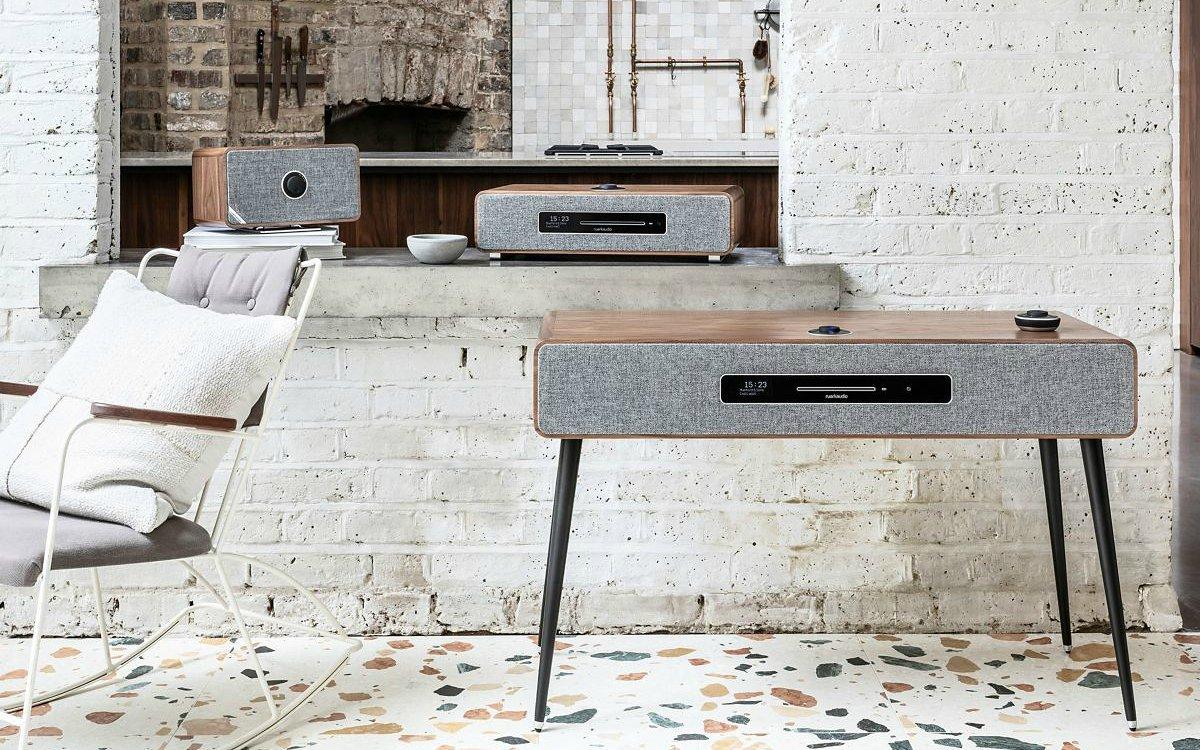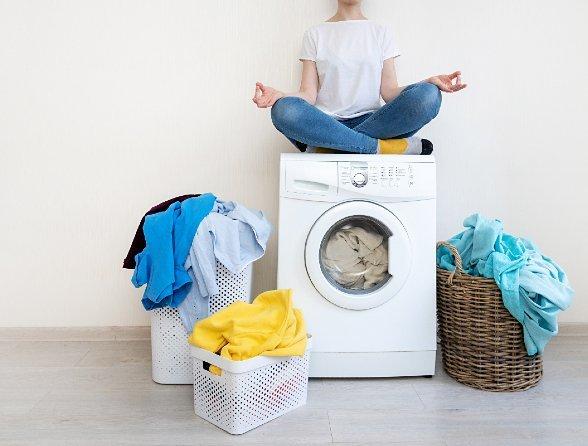An expert’s guide to easy multi-room speaker set-up (technophobes welcome)
Our experts cut through the technical jargon to help you find the right wireless multi-room speaker system for your home
Confusing your woofers with your tweeters? Or maybe you’re struggling to connect your speakers to your smartphone? Or perhaps you just look at the range of multi-room speakers on offer and simply don’t know where to start. Before you give up completely (or before you start buying boosters and amps and moving the furniture around), our experts are here to cut through the technical jargon and offer clear advice to help you find the right set-up for you. Read on to discover exactly what multi-room speakers are and how they work.
First things first: just what is a multi-room speaker?
The simplest way to describe multi-room speakers is to say that they enable you to listen to audio in different rooms of the house, without having to carry a portable speaker around with you or having to regularly change your set-up (which would be annoying, to say the least).
‘The Google Home, the Amazon Echo and the Apple Home Pod are all voice-controlled speakers that deliver great sound quality as well as acting as on-call at-home assistants – more on this later,’ explains Stella Winklewska, our audio and connected home assistant buyer. ‘Once you have researched wireless speakers thoroughly and decided which ones are right for you, stick to one brand as they will each have an app that allows the user to connect and group different speakers together with ease.’
Sounds simple enough, but how does a multi-room speaker actually work?
Multi-room speakers work off a wireless connection, which means you can use an app on your smartphone or tablet to locate them, even if they are in another room. So you don’t have to move from the sofa in the living room to change the playlist in the dining room, or get out of bed in the morning to turn the radio on in the kitchen.
You can also control the audio through a multi-room speaker in a variety of ways: the same song can be played across numerous speakers throughout the house to create total surround sound; different songs can be played from different speakers so every room has its own sound; or one song can be solely played through one speaker.
With no need for a radio, you can tune in to thousands of stations to find your favourite breakfast show, stream from services like Spotify while you cook and play songs from your iTunes library when you’re entertaining.
What other technology will complement a multi-room speaker?
Anything that connects your home-entertainment system together to improve your experience – whether that’s through enhanced sound or ease of use. ‘People often talk about a “multi-room set-up” and what they mean by this is the connection of all your entertainment technology (your TV, radio, laptop and speakers) can be used together to create a seamless experience,’ says Winklewska.
Speakers are often the first port of call, as they connect all of your entertainment together. A multi-room system can begin small with one wireless speaker connected to a smart TV, which you can place anywhere in the room so your favourite films sound incredible. As time goes on you might want to extend the reach of your audio to other areas of the house, meaning you can go from room to room and listen to the same music throughout, or hear a different song in each room, which can be achieved by simply pairing up additional speakers from the same brand.
Winklewska says, ‘Your home-cinema system can also be enhanced with a soundbar, which can sit under a flat screen TV to greatly improve the sound; or a subwoofer, which is a speaker designed to reproduce very low bass frequencies (the kind that you feel rather than hear) to build your own 2.1, 3.1 or 5.1 system. This just means speakers with two, three, or five sound channels in each, paired with one subwoofer. You can also improve your WiFi range with a range extender.’
Are there any other things to consider before I buy a multi-room speaker?
With such a wide variety of multi-room speakers to choose from, finding the right system for your home is an important consideration, as Winklewska explains: ‘Generally, the smaller the speaker the smaller the sound, so product specifications will be key to finding the right speaker for each room. As a rule of thumb, smaller rooms should have a compact speaker with one or two built-in amplifiers. For the larger room, go for a speaker which has four to five, built-in amplifiers with a subwoofer.’
What function do you want your speaker to perform?
It’s also worth thinking about the functionality you require at speaker level. With many multi-room devices enabled via wifi or Bluetooth, system set-up and control has never been easier.
When downloaded, associated apps can set-up and control speakers in different rooms enabling them to play the same or different music at the same time.
Most multi-room brands have this capability which works hand-in-hand with the speakers and soundbar to create a surround sound experience. Some speakers even have control buttons on the unit so you can play, pause or skip tracks at the source as well.
Bose Surround Speakers
£349.00
Is portability a consideration?
With wireless connectivity there are options available for a portable multi room system too, so you can move your speakers around the house if you choose. The UE Boom 3 by Ultimate Ears or the Bose Soundlink Micro Speaker are both great portable options that mean you can take your music system with you wherever you go.
And lastly… don’t forget voice-activated speakers
The latest must-have technology is without a doubt voice activation. With the ability to answer questions, buy goods and play music the Amazon Echo, Google Home and Apple HomePod speakers can go one step further than your average wireless speaker, connecting your entire smart home together.
This means you can dim the lights or find out what today’s weather has in store just by asking a question. ‘A number of audio brands are now incorporating both wireless and voice-activated technology,’ says Winklewska. ‘We would really advise anyone researching multi-room speakers to consider this in their purchasing decision.’




